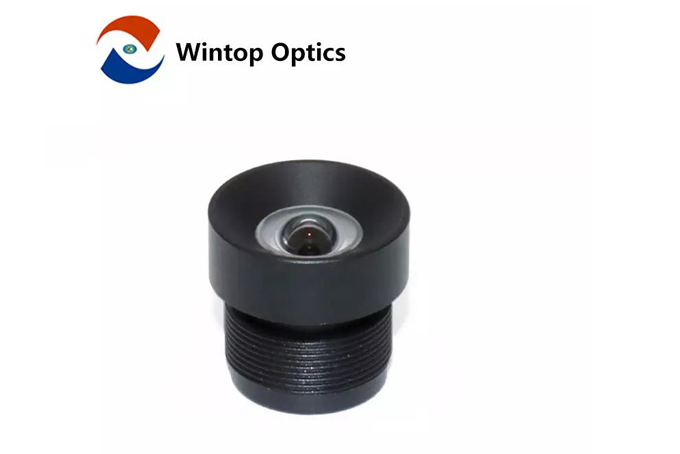How to Choose Low Distortion Lenses and What Are Their Application Scenarios?
May 17, 2024
When it comes to selecting lenses for your imaging applications, minimizing distortion is often a critical consideration. Distortion can affect the accuracy and clarity of images, impacting the performance of your camera system. In this article, we'll explore how to choose low distortion lenses and discuss their application scenarios.
Understanding Distortion
Distortion refers to the alteration or deformation of an image compared to its original subject. In the context of lenses, distortion can manifest as either barrel distortion, where straight lines appear curved outward, or pincushion distortion, where straight lines curve inward. Minimizing distortion is essential for applications where precise measurement or analysis is required, such as machine vision, robotics, and optical metrology.
Factors Influencing Distortion
Several factors contribute to distortion in lenses, including optical design, lens material, and manufacturing quality. By understanding these factors, you can make informed decisions when selecting lenses for your specific application requirements.
Choosing Low Distortion Lenses
When choosing low distortion lenses, consider the following factors:
Optical Design: Look for lenses specifically designed to minimize distortion. Optical designs optimized for low distortion ensure that images remain true to the original scene, preserving the accuracy of measurements and analysis.
Lens Material: High-quality lens materials, such as optical-grade glass or specialized polymers, can help reduce distortion. These materials offer excellent optical clarity and stability, minimizing aberrations that can contribute to distortion.
Manufacturing Quality: Pay attention to the manufacturing quality of the lenses. Lenses produced with precision manufacturing techniques and stringent quality control measures are more likely to exhibit low distortion and consistent performance.
Application Scenarios
Low Distortion Wide Angle Lenses find applications in various industries and fields, including:
Machine Vision: In industrial automation and quality control applications, low distortion lenses are essential for accurate measurement and inspection tasks. They ensure that dimensions and features are represented accurately in imaging systems.
Robotics: Robots equipped with vision systems rely on Wide-Angle Low-Distortion Lens for precise navigation, object recognition, and manipulation. Distortion-free images enable robots to make accurate decisions and perform tasks with precision.
Optical Metrology: In metrology and scientific research, low distortion lenses are used for precise imaging and measurement of objects and surfaces. They play a crucial role in capturing detailed information without introducing errors or inaccuracies.
Surveillance and Security: In surveillance systems, low distortion lenses help capture clear and undistorted images of people and objects. This ensures reliable identification and monitoring in security applications.
Choosing low distortion lenses is essential for maintaining image accuracy and quality in various imaging applications. By considering factors such as optical design, lens material, and manufacturing quality, you can select lenses that meet your specific requirements. Whether in machine vision, robotics, optical metrology, or surveillance, low distortion lenses play a vital role in ensuring reliable performance and accurate imaging results.
